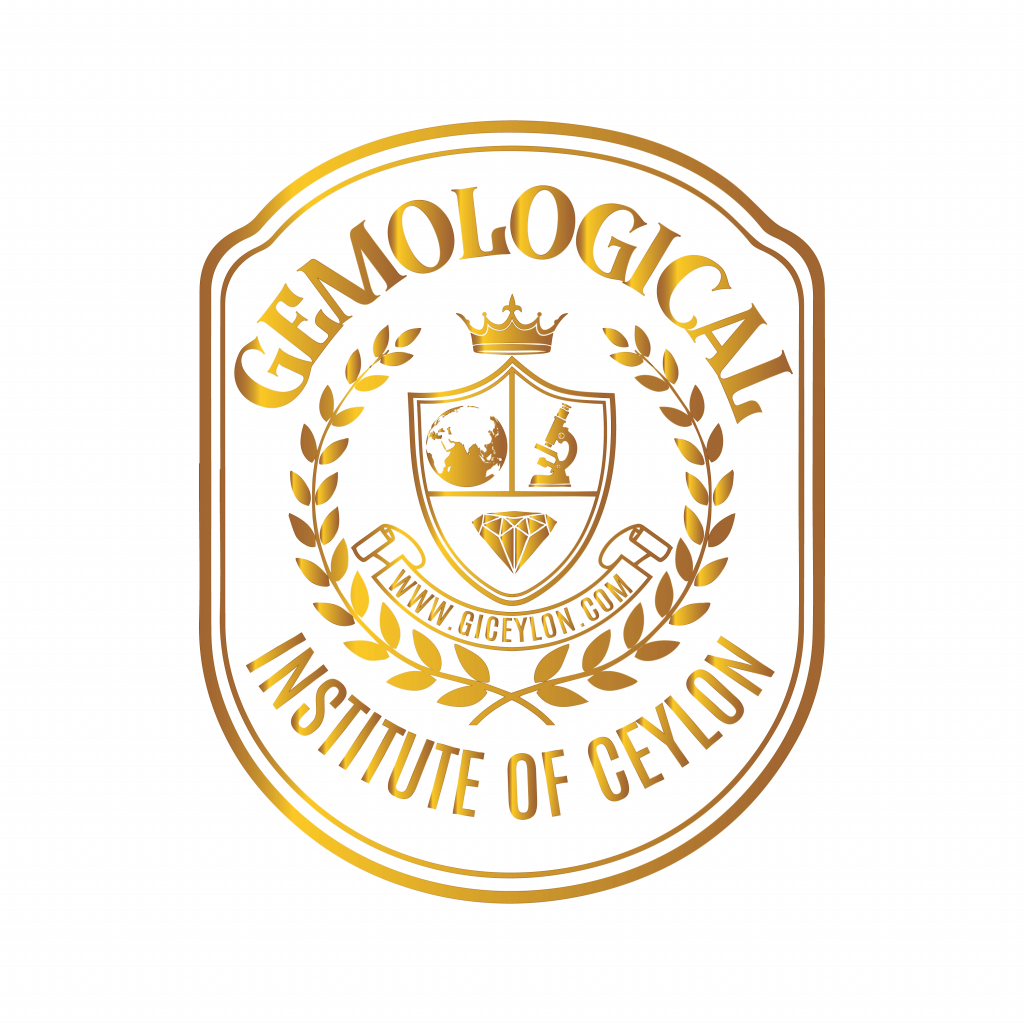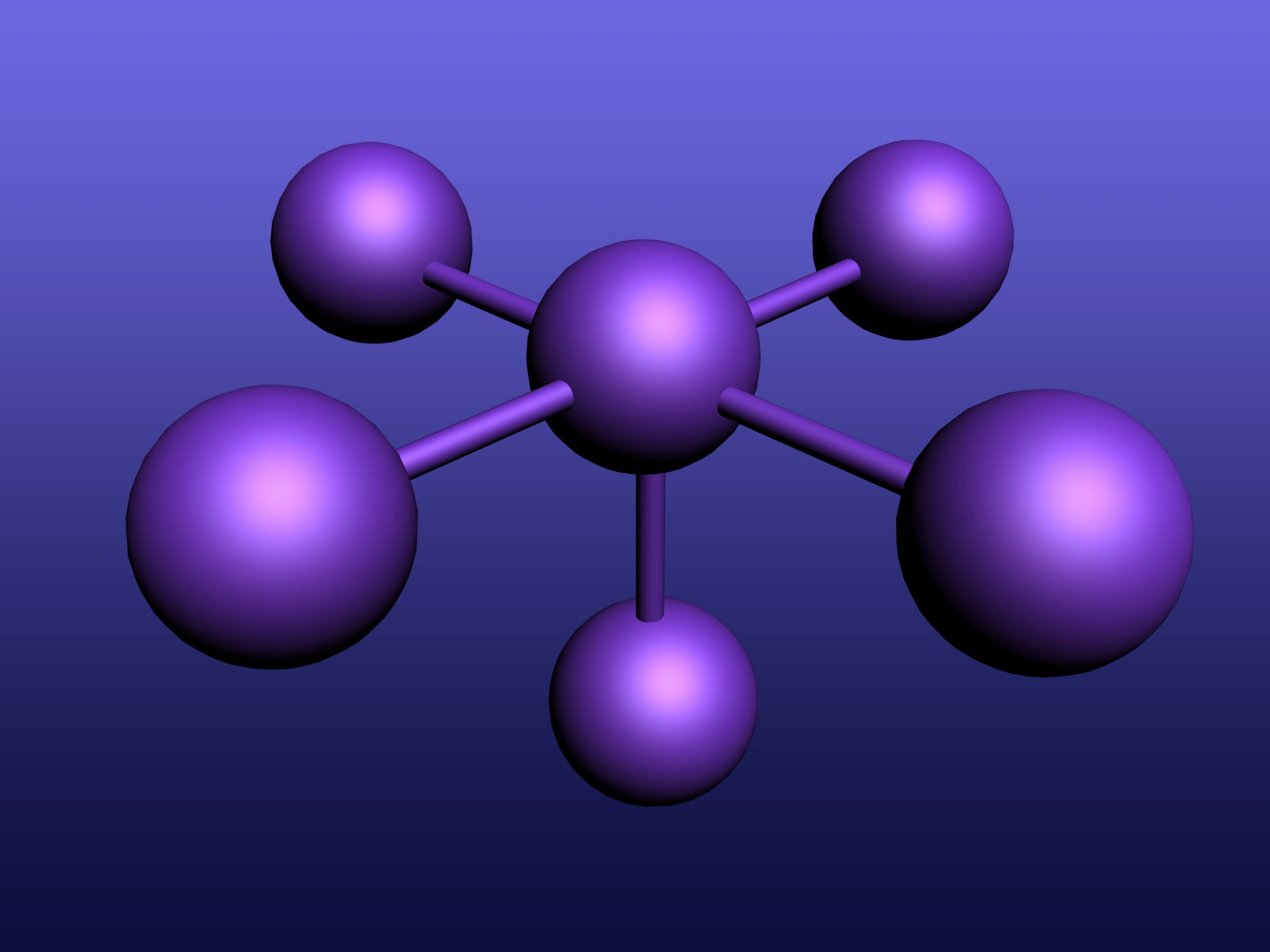Education
Classifying Gemstones
Classifying Gemstones
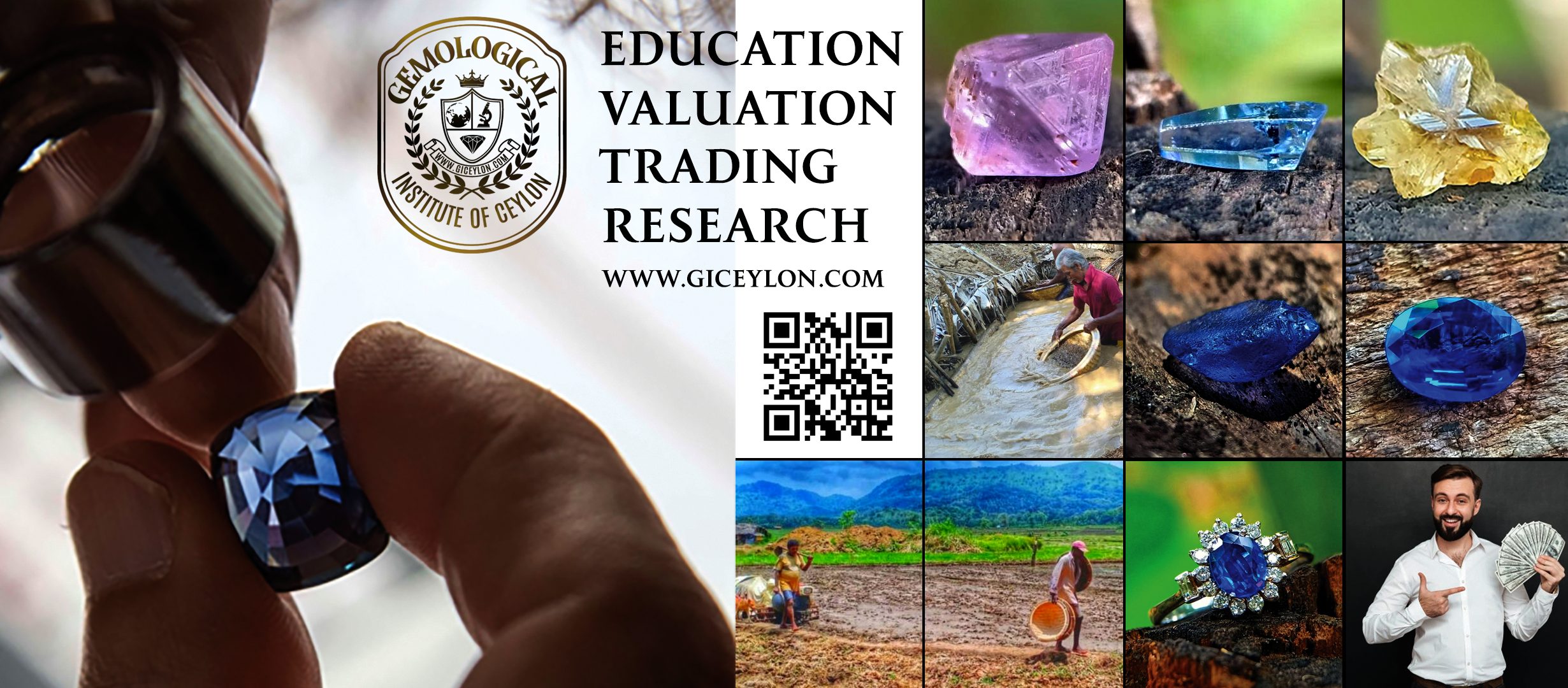
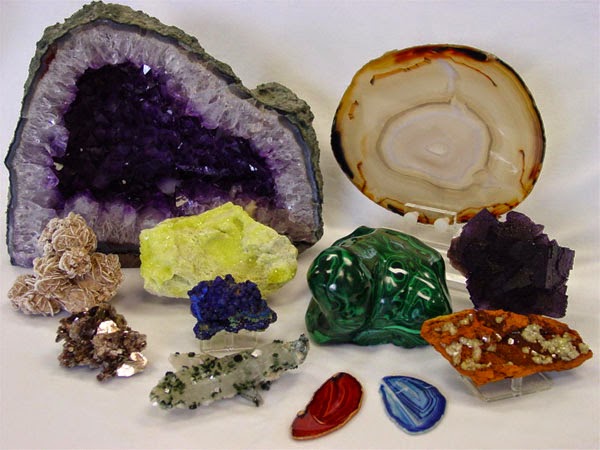
Many gemstone names can be related back to ancient times before mineralogy provided a scientific basis for categorization.
Gemstones are identified in modern texts first by their mineralogical classification, then by the name of the mineral variety.
A radical is a group of atoms that act as a single unit.
Classifying minerals
Chemical composition and internal atomic structure are used to classify minerals. The chemical formulas for marcasite and pyrite are identical, but their interior structures are different.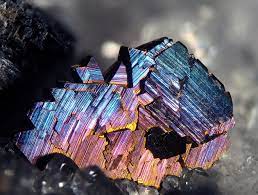
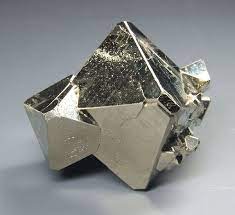
Sulfides
A sulfide mineral is formed when a metal or semimetal combines with sulfur. In sphalerite, zinc is the metal.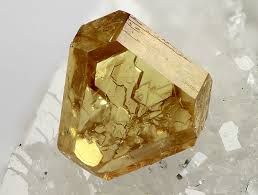
Native Elements
Mineral formed from a single chemical element is called native elements. They include metals such as gold and nonmetals such as diamond, which is made up of carbon.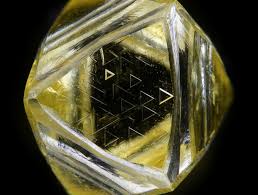
Oxides
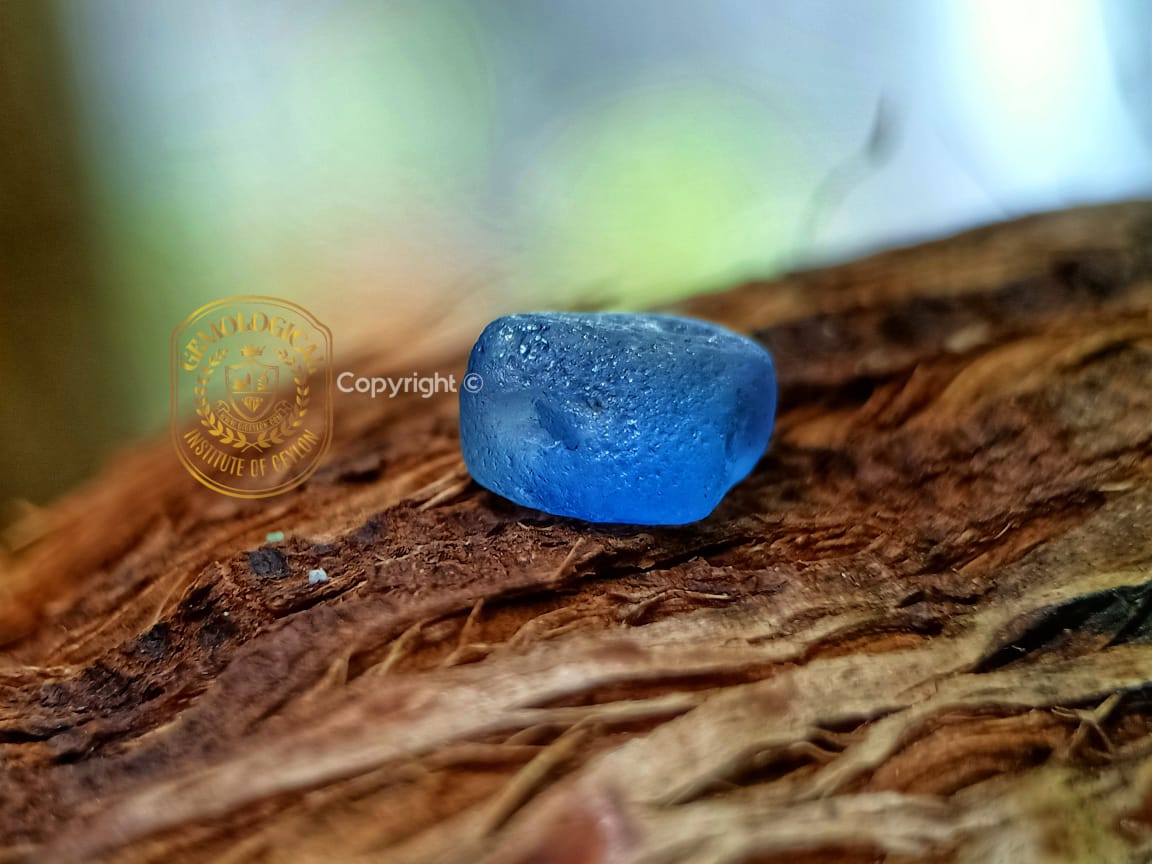
Hydroxides
These minerals contain a hydroxyl ( Hydrogen and Oxygen ) radical combined with metal. In diaspore, aluminum is the metal.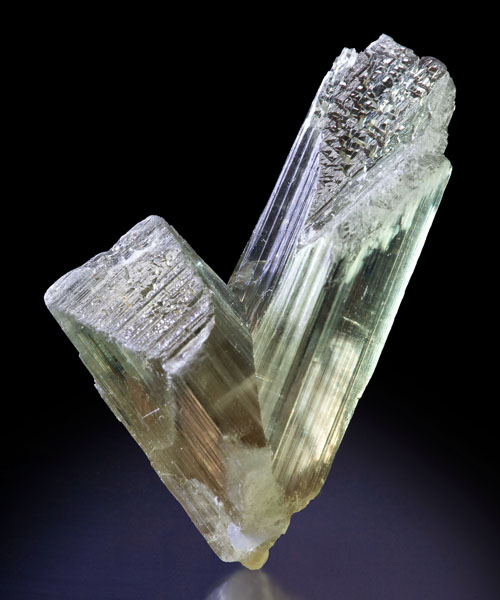
Halides
A halide is a halogen element ( chlorine, bromine, fluorine, or iodine ) combined with a metal or semimetal. Fluorite is fluorine and calcium combined.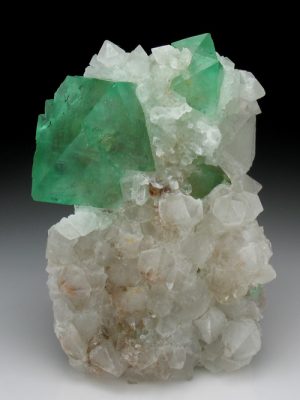
Carbonates
The carbonate radical, carbon, and oxygen combine with a metal or semimetal to form a carbonate. in the case of azurite copper is the metal.
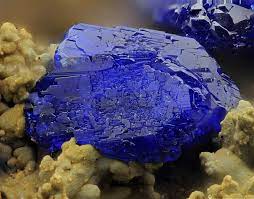
Phosphates
In the phosphates radical of oxygen and phosphorus is combined with the metal or semimetal. Magnesium and aluminum are the combined medals in lazulite.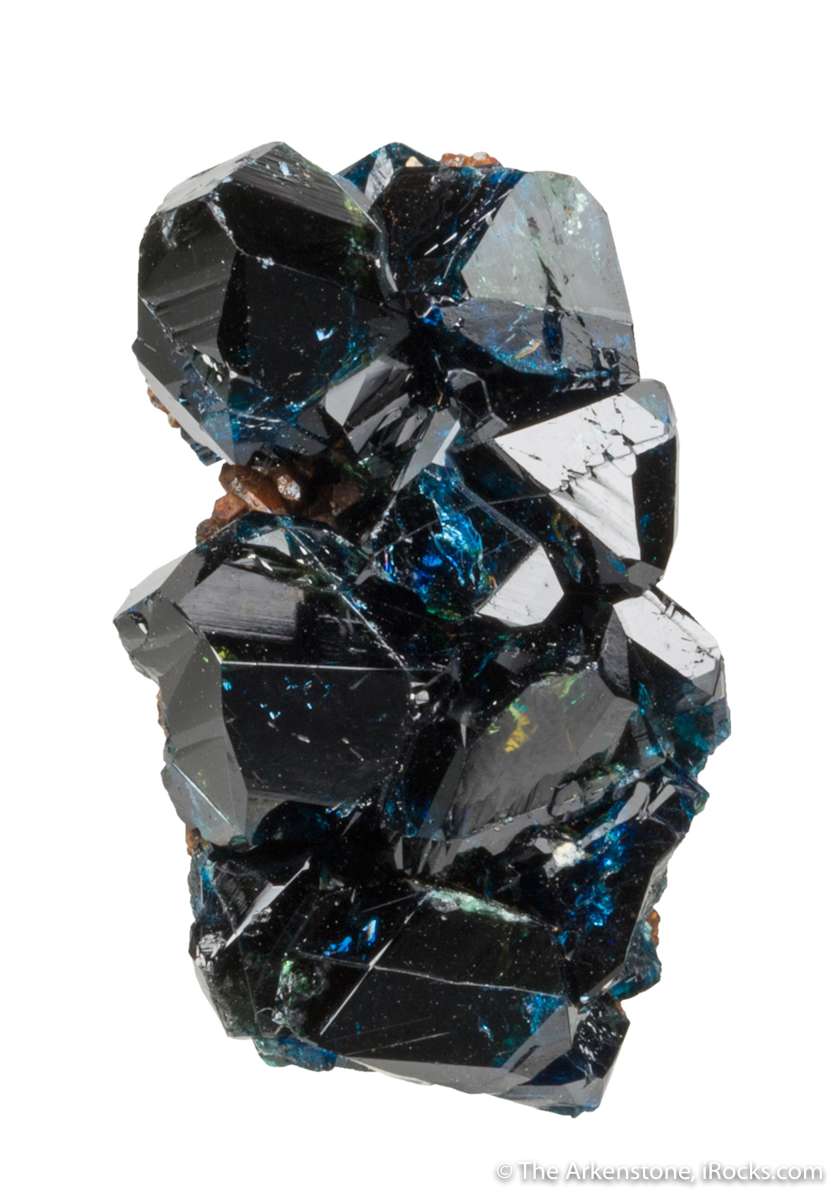
Borates
These minerals contain boron and oxygen. In howlite, boron, oxygen, and silicon combine with calcium and water.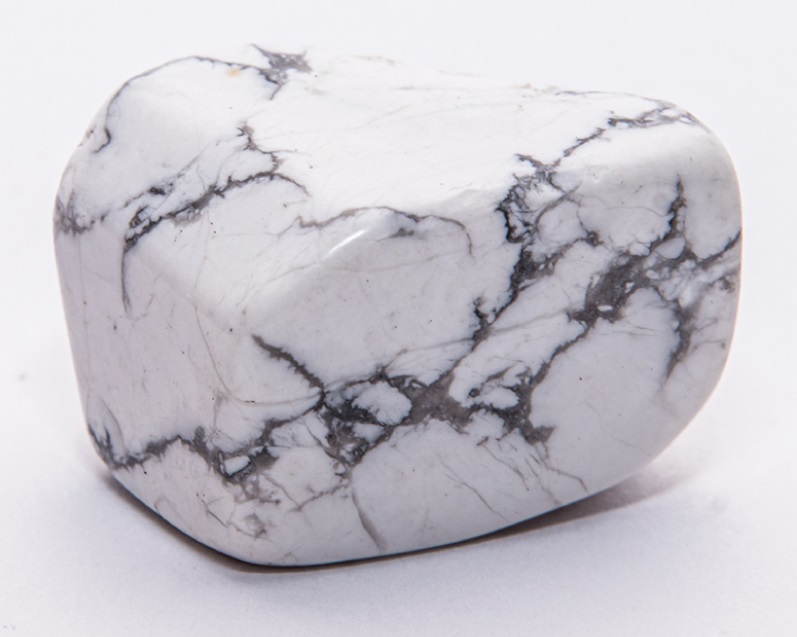
Sulfates
Sulfur forms a radical with oxygen that combines with a metal or semimetal to form a mineral of the sulfate group, Barite is barium sulfate.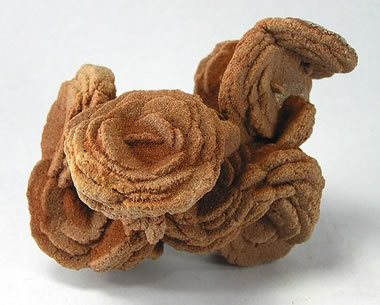
Silicates
In this group, silica (silica and oxygen) radical combines with various metals or semimetals. Silica also occurs uncombined as quartz, whose purple variety is amethyst.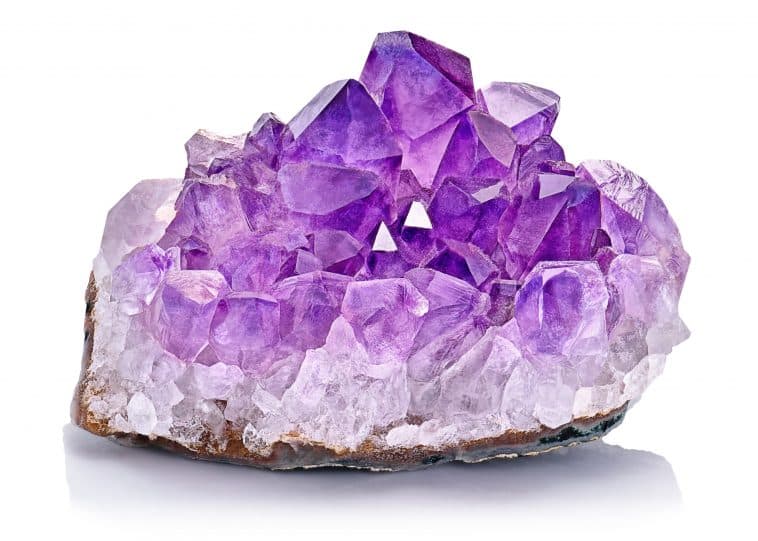
Organics
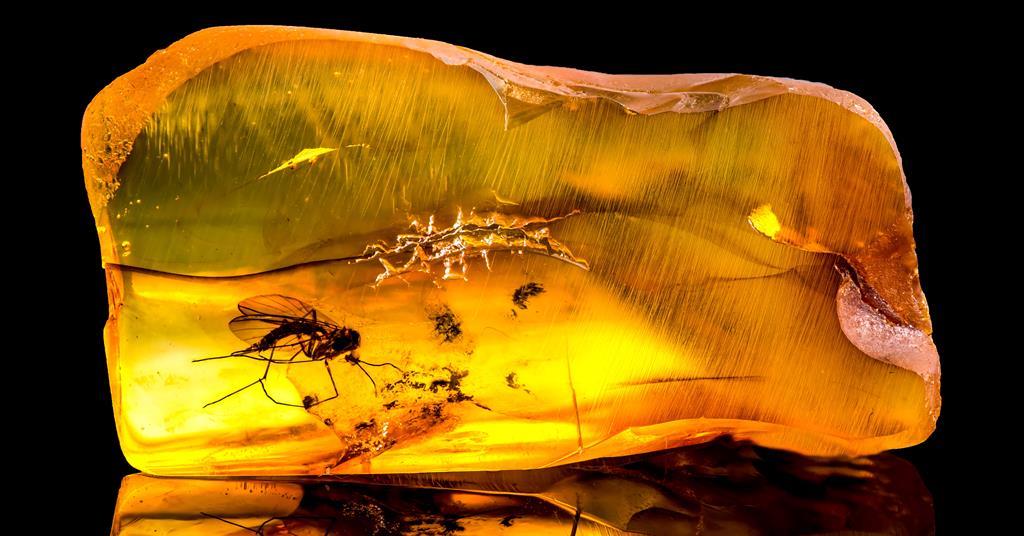
Chemical formulas
The chemical makeup of a mineral is expressed in its chemical formula. the formula indicates the relative proportions of each chemical element that makes up a single structural unit of the mineral .some minerals grade into each other chemically, and this is also noted in the formula. minor amounts of other elements called trace elements, may also be present in a mineral and influence its color. however, these are not included in the formula.How gemstones are named?
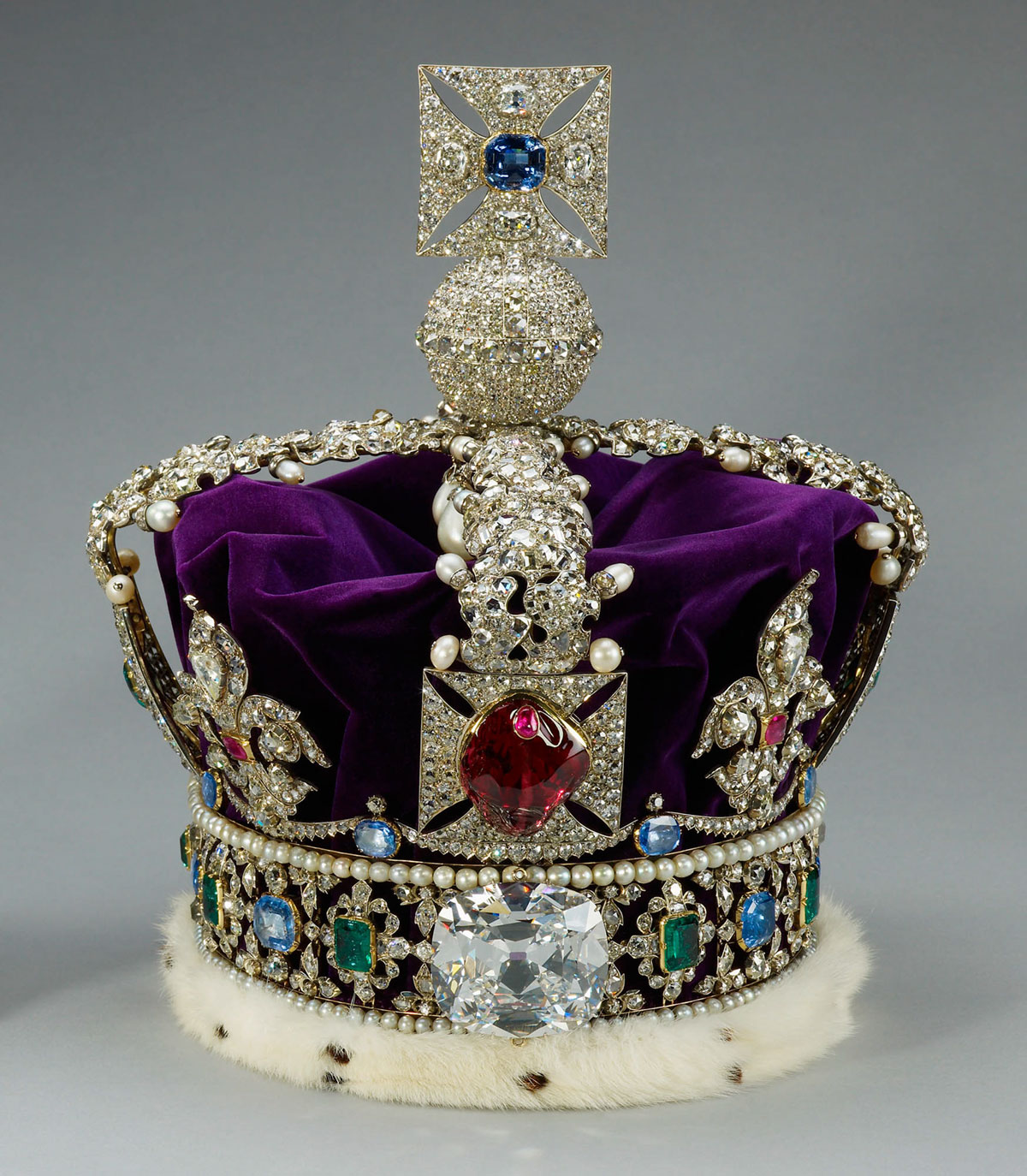
 Message Gemological Institute of Ceylon on WhatsApp: https://wa.me/message/2A4AUALYVQWRA1
[learn_press_profile]
Message Gemological Institute of Ceylon on WhatsApp: https://wa.me/message/2A4AUALYVQWRA1
[learn_press_profile]
